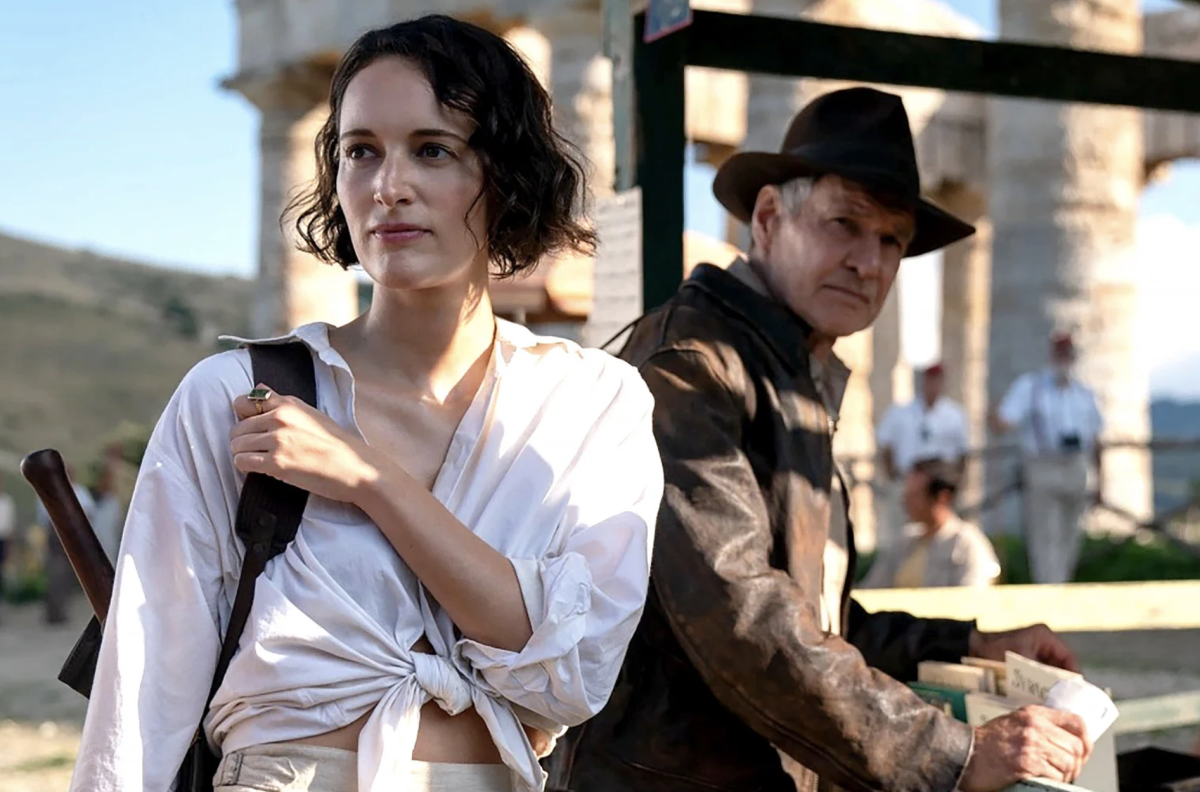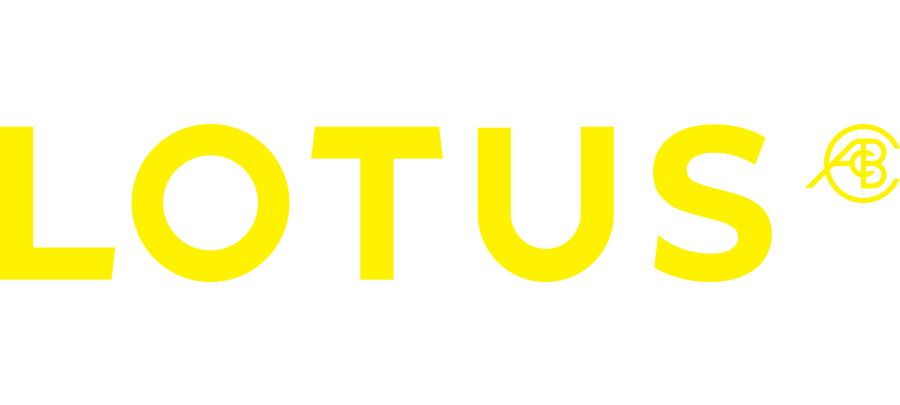
Even Fleabag can’t rescue Indiana Jones and the Dial of Destiny. Photo: Supplied
As the Hollywood studio system, which tied many actors and filmmakers to binding contracts, faded, a whole cohort of young and adventurous filmmakers like Steven Spielberg (Jaws) and George Lucas (Star Wars) emerged.
Daryl F Zanuck’s son Richard took a punt on Jaws and 20th Century Fox also distributed the first Star Wars film.
So it’s little surprise that the first Indiana Jones film was a collaboration between Speilberg and Lucas, who have had a professional rivalry since those early days but remain good friends.
Spielberg directed Raiders of the Lost Ark (1981), with Lawrence Kasdan writing the screenplay from an idea provided by Lucas. It was a wonderful throwback to a previous generation’s grand era of Hollywood swashbuckling adventures.
Indiana Jones (Harrison Ford) was a wise-cracking archeologist who rescued rare and stolen artefacts sought by Adolf Hitler to make his forces invincible through their magical properties.
This sets up a series of encounters in which Indiana is in a long-term pitched battle with the Nazis of the era (1936) who believe ancient finds will secure Nazi victory in the war ahead.
This, or a version of it (evil, corruption, greed) has been the premise of all the movies since, which brings us to the fifth film in the series, Indiana Jones and the Dial of Destiny.
Set in 1944 as the Nazi regime is beating a swift retreat, British archaeologist Basil Shaw (Toby Jones) is seeking to get hold of the Lance of Longinus (the Spear of Destiny) from the Germans. Found and captured, his friend Jones is now in hot pursuit to reclaim it.
But it’s a fake, and what we are really looking at is not some superstitious artefact that Hitler needs, as had been suggested on previous outings, but the more prized Archimedes dial.
This is a mathematical device that Nazi astrophysicist Jurgen Voller (Mads Mikkelsen) has partly recovered, and when coupled with its other half, is believed to open portals in time.
All this is happening on a speeding train where there are shootouts, bodies flung into various parts of the forest night, snarling supporters of the Third Riech, and Jones cracking his whip left, right and centre.
When this episode ends our intrepid hero returns to his academic digs where he is met by Shaw’s daughter Helena (Phoebe Waller-Bridge). The Germans are there again, and again we speed up the running dial.
In fact, Dial of Destiny is punctuated mainly by car chases, tuk-tuk stand-offs, running through caves, a sea adventure and the possibility of challenging the space-time vortex or something.
And here is the film’s central problem.
Helmed this time by James Mangold who has made better films, for the best part of 2.5 hours, this movie is relentless. There are few pauses for catching up with a cluttered plot and flimsy story.
Waller-Bridge (who was clearly brought on board for her brilliance in creating and starring in Fleabag) has little to work with.
Despite making fun of himself throughout, Harrison Ford’s ageing adventurer seems to be biding time, and the whole enterprise leaves one feeling exhausted and unsatisfied.
Spielberg and Lucas are still both credited as being executive producers, but clearly, their influence over this film is minimal, if existent at all. Indiana Jones and the Forced Retirement with Poor Collections Management gets 2.5 stars out of five.
Marcus Kelson is a Canberra writer and critic.
Indiana Jones and the Dial of Destiny is screening widely.












